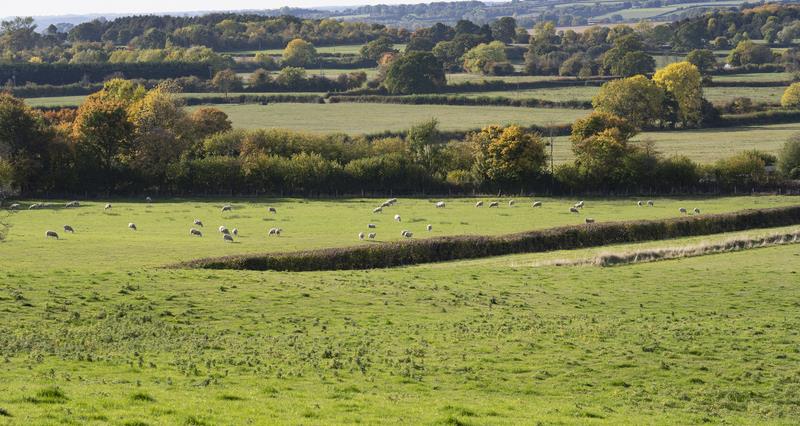The , delivered by the , aims to deliver power from the sun through multi-functional uses of space such as domestic and commercial rooftops, car parks and water bodies, while maintaining planning protections for ground-mounted solar deployment on the best quality agricultural land.
As I sit writing these words, working from home on the patio in the sunshine, my own domestic rooftop solar PV modules have knocked out over 20 kilowatt-hour units of energy today, storing about half of that in the home battery pack and using most of the remainder to charge my electric car.
NFU members with commercial-scale rooftop systems will be generating hundreds of electricity units to meet energy needs on the farm – and some may already have large storage batteries to minimise their power draw from the grid.
A few might also be charging up electric vehicles on site, perhaps even the odd Merlo, JCB or Faresin telehandler (the first proper electric tractor available in the UK – Fendt’s e100 Vario – only just went on sale after exhibiting at the Royal Highland Show last month).
“It is good to see some new policies at last from a government that promised 'Change' – now we just need to see them delivered.”
NFU Renewable Energy and Climate Change Chief Adviser Dr Jonathan Scurlock
Farm energy independence from rising input costs, or securing diversification income from energy exports in support of food production, is an important goal for many.
Solar Taskforce
Given the urgency of improving grid connections for on-farm renewables, the NFU was asked to join the grid networks sub-group of the previous government’s Solar Taskforce when this was formed in 2023.
Its report was close to launching last year when the general election interrupted policy development, and it has been nearly another 12 months since before the Solar Roadmap finally emerged.
The overall level of ambition has been maintained out to 2035, and even increased for 2030, the target date of the current government’s Clean Power Action Plan (by which time at least 95% of annual UK electricity should be from non-fossil fuel sources). There should now be more opportunities for large commercial solar rooftops on farms and warehouses, but the government “does not believe that increased solar deployment poses a threat to food security” since the spread of solar farms will still occupy less than 0.4% of UK land area by 2030.
NFU asks
Having listened to feedback from frustrated farmers and growers, the NFU supported a number of key reforms to outdated grid connection processes, as we have summarised elsewhere in our ‘Blueprints’ – Distribution Network Operators, or DNOs, should encourage uptake of existing technical solutions like batteries, export-limiting equipment, and advanced telecommunications, to boost or make better use of current grid capacity.
More specifically, the grid subgroup asked for the threshold at which local solar installations trigger an impact assessment on the main transmission grid to be increased from just one megawatt (potentially the size of a large farm rooftop scheme) – this will now be moved to 5 megawatts, removing a lot of red tape from smaller projects.
The planning system will also look at permitting longer high-voltage cable links on low-profile wooden ‘trident’ poles, which should make it easier to connect smaller solar farms with only modest landscape impact. And flexible connection offers to farmers that require ‘active network management’ should use wireless communications instead of needing to lay digital signalling cables from the substation to the on-farm generator.
What next?
With solar power setting new records this year (14,000 megawatts of power at midday on 8 July, providing 40% of UK electricity), it is good to see some new policies at last from a government that promised “Change” – now we just need to see them delivered through the newly-established Solar Council, opening up new business opportunities in the rural economy.




